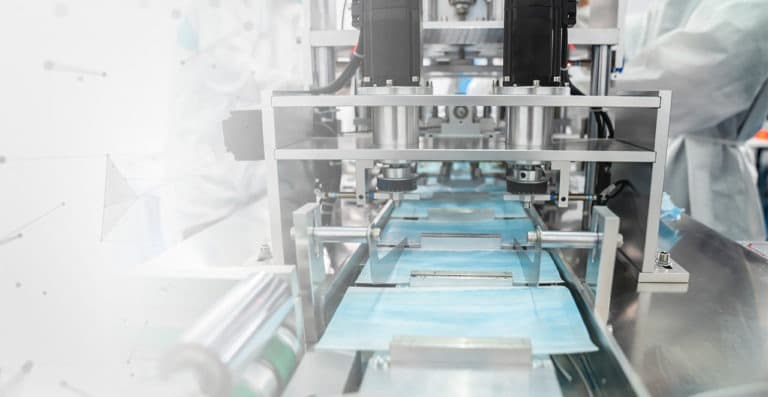
As the U.S. heads towards its second pandemic winter, there is talk of the far-reaching effects of a global economy in the grips of continued, unpredictable disruption, while at the same time many industries – life sciences being a significant one – are grappling with their own unique challenges and growing pains. A double whammy, so to speak. The upshot is that businesses must build resilience, a tolerance for ambiguity, and the ability to focus on long-term goals amid current distractions.
Industrial psychologists point to the need for a modern workforce free from restrictive and highly specialized business silos, and comfortable with – even optimized for – stretching in new directions, juggling priorities, acquiring new skills and mastering new technologies.
All sectors of the life sciences industry, including medical devices, pharmaceuticals, ophthalmic/dental, nutritional supplements, and even veterinary, need connected, resilient supply chains to steel themselves against disruptions, meet the demands of accelerating cycle times, rising R&D costs, global compliance, traceability and ongoing digital transformation.
Furthermore, life sciences products have high standards for production, storage, shipping and delivery. Therefore, superior management of the life sciences supply chain is essential for many reasons, including:
- Quality control
- On-time shipments
- Operational consistency
- Customer satisfaction
The Digital Transformation of the Life Sciences Industry
To meet these challenges, many inside the industry and also those who serve it have become focused on agility-through-digitization, and for good reason. For example, at Logility we’ve demonstrated the many advantages of creating a digital twin of your end-to-end supply network. A digital twin is, in essence, a program that uses real-world inputs to create simulations of a process based on what-if scenarios. Digital twins can integrate a variety of data sources, including the Internet of Things (Industry 4.0), artificial intelligence (AI) and advanced analytics.
“Advice to the C suite – disrupt yourself or be disrupted.” Brad Pawlowski, Accenture
“Going digital” is at work right now, effectively helping to track and trace shipments of the COVID-19 vaccine. Transporters have greater visibility into where shipments are headed, when they’re expected to arrive, who will receive them, when they were received, and, importantly, whether required temperatures were kept consistent throughout the shipping process.
Optimizing Critical Supply Chain Functions
Once life sciences companies have digitized their physical world, they can focus on taking advantage of new data streams that are powering analytics and cognitive technologies. More intelligent networks enable organizations to reduce the time between collecting data and transforming it into better decision-making. AI or machine learning (ML) data, for example, can be leveraged to help optimize performance of life sciences supply chains.
Early technology adopters provide a glimpse into tomorrow’s higher-performing supply chains. Research shows that AI and ML are among the key enablers that help optimize critical supply chain functions. For example, UPS developed the ORION algorithm, designed to quickly solve complex routing problems. This dynamic routing program helps UPS “save about 100 million miles per year. That’s a reduction of 10 million gallons of fuel consumed. It also reduces carbon dioxide emissions by about 100,000 metric tons.”
Challenges
Logility’s own experience bears out what a lot of life sciences industry research says: adoption of advanced technologies is still maturing. The implementation of block chain is one such example. Early on, blockchain was heralded as a breakthrough for addressing complex track-and-trace requirements. But blockchain assumes a degree of data disclosure that’s fundamentally at odds with the data management policies at many companies.
This is a cultural issue for many. If every member of a value chain takes the approach of holding back some data and sharing on their own terms, it’s easy to see how blockchain falls short of its promise. And in many cases there are internal barricades that must be removed before external sharing produces real benefits.
Now is the Time to Embrace New Strategies
Do you suffer from the uncomfortable feeling that wherever you are, whatever you’re doing, there’s something better or cooler taking place elsewhere? Back in 2003, an entrepreneur named Patrick McGinnis coined the phrase FOMO — Fear of Missing Out — and it quickly entered the cultural lexicon. More recently we’ve heard a clever but dark variation of FOMO — Fear of Mediocrity and Obsolescence. This could be the fate of life sciences firms that don’t reconcile the fact that while the world and the industry are in a state of grand flux, and waiting might seem prudent, nonetheless now is the right time to embrace bold strategies. That includes the adoption of advanced technologies like artificial intelligence and machine learning.
Watch this short video to see how machine learning can help optimize inventory for competitive advantage.


